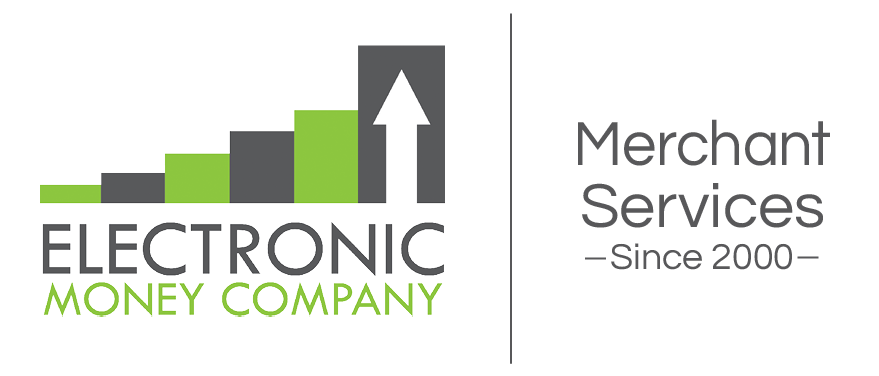Click here to watch the video
Hi,Gingergaye here. I have been in the credit card processing business for over 20 years. On my website I have a report called , 5 Mistakes to Avoid When Choosing a Credit Card Processor. ElectronicMoneyCompany.com
In this video I am going to talk about one of those mistakes which is Not Understanding the Pricing Structure!
First I want to share with you a true story to illustrate this costly mistake. One of my long time customers called me to say that she was tired of getting telemarketing calls about saving money on her card processing and that she decided to let this one woman come by and talk to her. She asked me to be present for the appointment so that she didn’t get swindled, but she let me know that if it truly was a good deal, she would be switching.
So I was there and the woman came on time. I remember it like it was yesterday. She started right in talking about how her rate was only 1%, that she could give my client the same rate that Wal Mart pays. Now my client was well aware that her total fees at the end of the month were about 2.5%. The woman knew darn well that most people are paying 2 to 3 % or higher.
I spoke up and asked her if that was 1% over interchange cost? I knew that had to be the case, because no processor is going to give a rate to a merchant that is less than interchange wholesale rate and lose money. I knew also that WalMart was not paying a 1% total effective rate either. Of course, I knew this was a scam.
The woman asked my client who I was and she explained that I was her current credit card processor representative. The woman then excused herself and got out of there as fast as she could! My merchant and I laughed ourselves silly. She was so grateful that I attended the meeting with her and that she could now hang up on all other merchant services telemarketers with the correct understanding of how they twisted the presentation into a scam.
So to review. All processors have a wholesale cost consisting of interchange, ( the rates set by the issuing bank association. ) The rates vary by risk of fraud on the card. Debit cards have the least amount of risk since they are coming out of a checking account., have the lowest rate. Rewards cards have a higher rate because the issuing bank has to reimburse an airline ticket. Corporate cards are the highest because there is more fraud associated with business cards. All processors are working off the same wholesale cost. Don’t’ let any salesperson say that they have a better rate than another. We are all working with the same costs. The brands, Visa, MC, Amex and Discover also have a fee which is about .15%. All processors have this cost as well. So wholesale is the interchange rate plus the brand fees. The processor, who manages your merchant account for you, makes money by marking up those wholesale costs. The only fees that are negotiable are the processor costs. Yes, they need to make money because they are serving your account for you. The question is how much are they charging you?
To help you figure that out let me explain. There are three types of pricing structures. Flat rate pricing, Tiered and cost +. PayPal, Stripe and Square charge a flat rate price. It is the same rate for everyone. It is on the high side so they can cover themselves if a merchant has a lot of corporate cards. If you take a lot of debit card payments, you do not want to choose a flat rate pricing structure.
The second type of pricing structure is tiered. This is similar to the flat rate, but there are 3 flat rates, a qualified rate for swiped cards, a mid qualified rate for for keyed in cards which have a higher risk and higher interchange rate, and a non qualified rate for corporate cards. Again this pricing structure tends to cost merchants more because the processor has to make sure he covers his costs. Therefore there is more padding of cost in this structure, but not as much as one flat rate.
Thirdly, there is a cost plus structure which is the most beneficial to the merchant. The rate is cost plus a specified percentage. This rate structure allows the merchant to pay the fairest rate because there is no padding variable
I hope this helps you be more educated so that you can negotiate a fair rate from your credit card processing salesperson.
Stay up to date with our latest videos and merchant services tips, make sure to subscribe to our YouTube channel by clicking the link here: https://bit.ly/3oqnz7Z

